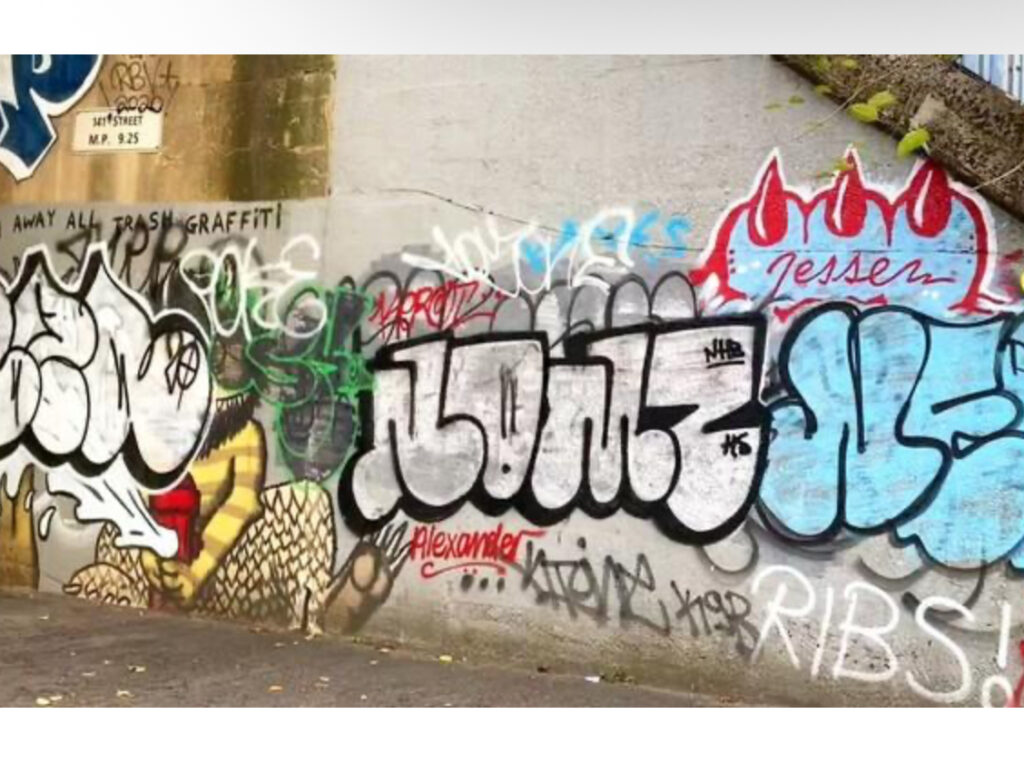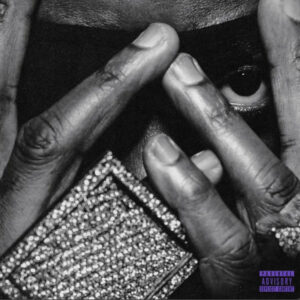Graffiti is not a crime in The Bronx. It is a legacy, a language, a protest, and a poem. While much of the art world still debates its legitimacy, the borough that helped shape hip-hop treats it as an enduring form of self-definition—etched not into marble but into the ever-crumbling walls of its tenements, train yards, rooftops, and alleys.
With a camera slung low and eyes tuned to the rooftops, the graffiti documentarian in this visual narrative doesn’t seek just pretty murals. They chase raw truth—moments where names become monuments, and style becomes survival. This is more than street art; it’s soulwriting in spray paint.
From Tags to Testaments: The Roots Beneath the Paint
The Bronx didn’t just witness the rise of graffiti—it hosted its origin story. In the early 1970s, amid poverty and systemic neglect, young artists turned spray cans into weapons of representation. The tag wasn’t merely a name; it was a declaration of existence. “Taki 183,” one of the earliest legends, wrote himself across the city when the city refused to write him in.
From there, graffiti evolved—both stylistically and philosophically. Wildstyle lettering, bubble fonts, blockbusters, and throw-ups turned rudimentary scrawl into elaborate typographic performances. Crews like Tats Cru, FX Crew, and RIS began competing for domination over train lines and abandoned factories. Every wall told a story; every burner carried generational echoes.
In The Bronx, a tag could live for decades or be crossed out the next day. Its permanence was never the point. Presence was.
The Bronx as Canvas: Zones of Expression
As the documentarian roams, the landscape shifts. The camera captures vast highway underpasses filled with chromed-out letters, rooftop pieces that shimmer in the afternoon haze, and roll-down gates turned into curated exhibitions by nightfall.
Key graffiti zones in The Bronx emerge like open-air museums:
- The Whitlock Avenue Train Yards, once a hotbed of rolling masterpieces, now fenced off but still whispered about in underground circles.
- The Hunts Point Industrial Zone, where ghost buildings and meatpacking warehouses serve as prime real estate for large-scale pieces.
- Jerome Avenue, with its overpass shadows, showcasing generational battles—new toys testing their lines beside ghosts of legends.
Even more poignant are the lesser-known walls tucked behind bodegas or in vacant stairwells—where you find pieces done not for acclaim but out of compulsion. Here, the spirit of graffiti feels less commercial and more confessional.
Risk, Ritual, and Reverence
Graffiti in The Bronx doesn’t come easy. Every tag is earned. Climbing fire escapes at 3 a.m., dodging transit police, and painting in pitch-black tunnels is not just adrenaline—it’s ritual. The act of painting becomes a rite of passage, and the street becomes a church where writers bless their names.
For many, this ritual is sacred. The camera catches moments of silence before a wall, as if the writer is listening to the ghosts in the bricks. It’s in these unscripted seconds that we understand: graffiti isn’t about breaking rules. It’s about making meaning.
The documentary intersperses voiceovers from local writers—some whose pieces have graced books and galleries, others who remain anonymous legends. Their words echo a common sentiment: “We write because we have to. It’s how we speak.”
Between Vandalism and Vanguard: The Changing Gaze
But in 2025, graffiti sits at an uneasy intersection between gentrification and commodification. The Bronx is changing. Condos now rise where community centers once stood. Tourists snap selfies beside murals that mimic the aesthetics of graffiti without its urgency.
Some graffiti artists are celebrated in galleries and museums—Tats Cru now paints legal murals commissioned by institutions. Others are criminalized, targeted by NYPD’s Vandal Squad. The line between art and illegality remains razor-thin, even as corporations co-opt the style for branding.
Yet, amidst all this, The Bronx remains resistant. New crews form. Old heads still paint. The camera catches a crew mid-throw-up on a quiet side street. Their colors clash, their letters dance. They’re not doing it for followers or fame. They’re doing it because The Bronx is still alive, and still theirs.
The Human Behind the Handle
What separates graffiti from other forms of visual expression is its deeply personal ethos. Every name is a stand-in for the artist—a surrogate identity birthed in secrecy. The documentarian, through interviews and visuals, peels back this anonymity with respect.
We meet “SKEME,” now in his forties, who recounts nights hopping fences at Yankee Stadium. “My mom never saw any of my work,” he says, “but the city did.” We hear from “Nena76,” a female writer claiming space in a male-dominated scene, using bold pinks and tight handstyles to mark her ground.
These voices ground the documentary in humanity. Graffiti, as wild and explosive as it may appear, is an archive of lives lived—of people who might otherwise vanish into statistical data.
Graffiti as Bronx Memory
If gentrification attempts to erase The Bronx’s past, graffiti revives it in technicolor. Each piece is a timestamp. A 1998 throw-up surviving behind a grocery store. A “R.I.P.” piece commemorating a fallen friend. A wall filled edge-to-edge with dedications to local heroes, community organizers, and cultural icons.
The documentarian pauses on a mural of Big Pun, the late Bronx MC. It’s flanked by tags from dozens of writers—each one a note in a love song to a borough built on resilience. This isn’t nostalgia. It’s resistance. Memory in aerosol form.
Closing Scene: The Fadeout that Lingers
The final sequence lingers on a dawn-lit rooftop. The skyline flickers. The camera pans to a fresh burner stretching across a brick wall—letters too new to be faded, too bold to be ignored. A train clatters below. The Bronx exhales.
Graffiti will never be sterile. It was never meant to be tamed. As long as there are walls, there will be writers. And as long as there are writers, The Bronx will remain the unsilenced pulse of street culture.
No comments yet.







